Art Lovers discussion
Movements in Art
>
The Gothic Art Movement of Western and Central Europe
date newest »
newest »
 newest »
newest »
 Gothic art, the painting, sculpture, and architecture characteristic of the second of two great international eras that flourished in western and central Europe during the Middle Ages. Gothic art evolved from Romanesque art and lasted from the mid-12th century to as late as the end of the 16th century in some areas. The term Gothic was coined by classicizing Italian writers of the Renaissance, who attributed the invention (and what to them was the nonclassical ugliness) of medieval architecture to the barbarian Gothic tribes that had destroyed the Roman Empire and its classical culture in the 5th century ce. The term retained its derogatory overtones until the 19th century, at which time a positive critical revaluation of Gothic architecture took place.
Gothic art, the painting, sculpture, and architecture characteristic of the second of two great international eras that flourished in western and central Europe during the Middle Ages. Gothic art evolved from Romanesque art and lasted from the mid-12th century to as late as the end of the 16th century in some areas. The term Gothic was coined by classicizing Italian writers of the Renaissance, who attributed the invention (and what to them was the nonclassical ugliness) of medieval architecture to the barbarian Gothic tribes that had destroyed the Roman Empire and its classical culture in the 5th century ce. The term retained its derogatory overtones until the 19th century, at which time a positive critical revaluation of Gothic architecture took place.
 The hallmarks of Gothic art include such forms as sculpture, paintings (on panels), stained glass, and illuminated manuscripts. Fresco was also an important media for Gothic artists. Because Gothic art differed immensely from classical art, it was frequently labeled barbaric. Gothic art, however, witnessed the birth of trade guilds; painters’ guilds kept significant records of artists for the first time in history. During the Gothic period cities grew and universities were founded making the Gothic movement a pivotal period in European history.
The hallmarks of Gothic art include such forms as sculpture, paintings (on panels), stained glass, and illuminated manuscripts. Fresco was also an important media for Gothic artists. Because Gothic art differed immensely from classical art, it was frequently labeled barbaric. Gothic art, however, witnessed the birth of trade guilds; painters’ guilds kept significant records of artists for the first time in history. During the Gothic period cities grew and universities were founded making the Gothic movement a pivotal period in European history.http://www.arthistory.net/gothic-art/
 Architecture
ArchitectureArchitecture was the most important and original art form during the Gothic period. The principal structural characteristics of Gothic architecture arose out of medieval masons’ efforts to solve the problems associated with supporting heavy masonry ceiling vaults over wide spans.
https://www.britannica.com/art/Gothic...
The Gothic period was also famous for its artistic and architectural innovations such as the flying buttress and pointed arch which allowed builders to construct taller cathedrals with bigger spaces for glasswork making these structures appear lighter than previous ones.
http://www.arthistory.net/gothic-art/
The flying buttress leaned against the upper exterior of the nave (thus counteracting the vault’s outward thrust), crossed over the low side aisles of the nave, and terminated in the freestanding buttress pier, which ultimately absorbed the ceiling vault’s thrust.
https://www.britannica.com/art/Gothic...
It allowed for cathedrals to be built with thinner walls and it became possible to introduce stained glass windows instead of traditional mosaic decorations. Some of the finest examples of the style include the cathedrals of Chartres, Reims and Amiens.
http://www.artmovements.co.uk/gothic
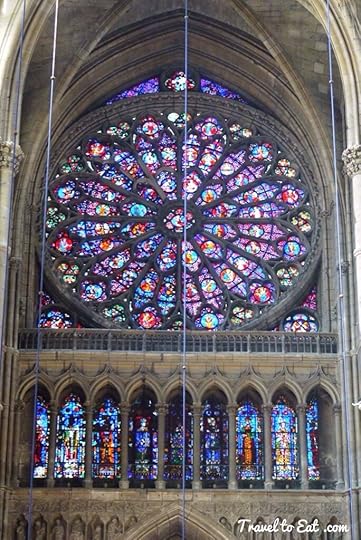
Reims Cathedral
France
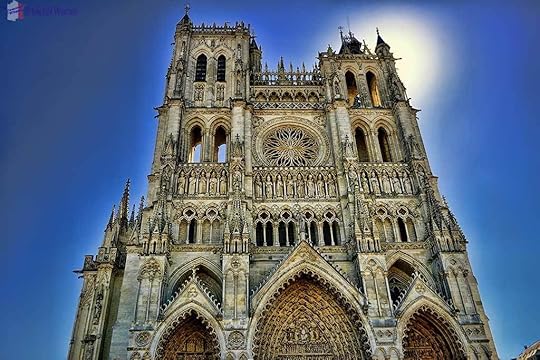
Amiens Cathedral
France
 Gothic painting did not surface until half a decade after Gothic architecture and sculpture began...The subjects of Gothic art were often religious in nature,..Scenes often depicted narratives of Biblical stories. The Madonna, a less iconic and more human woman, figured strongly into Gothic art.
Gothic painting did not surface until half a decade after Gothic architecture and sculpture began...The subjects of Gothic art were often religious in nature,..Scenes often depicted narratives of Biblical stories. The Madonna, a less iconic and more human woman, figured strongly into Gothic art. http://www.arthistory.net/gothic-art/
The style rapidly spread beyond its origins in architecture to sculpture, both monumental and personal in size, textile art, and painting, which took a variety of forms, including fresco, stained glass, the illuminated manuscript, and panel painting.
Old and New Testament scenes were shown side by side in works like the Speculum Humanae Salvationis, and the decoration of churches.... Images of the Virgin Mary developed from the Byzantine hieratic types, through the Coronation of the Virgin, to more human and initimate types, and cycles of the Life of the Virgin were very popular. Artists like Giotto, Fra Angelico and Pietro Lorenzetti in Italy, and Early Netherlandish painting, brought realism and a more natural humanity to art.
https://www.wikiart.org/en/Artists-by...

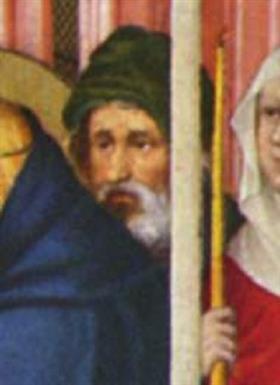
Melchior Broederlam
Flemish, c.1350 - c.1409
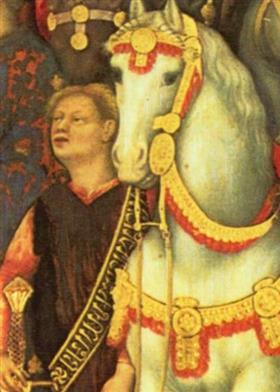
Gentile da Fabriano
Italian, c.1370 - 1427
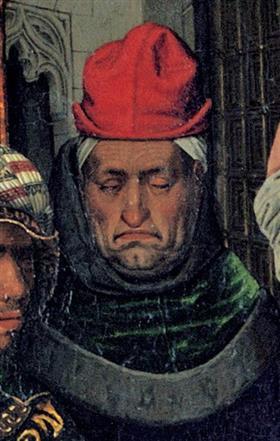
Bartolome Bermejo
Spanish, c.1440 - c.1501
 Late Gothic
Late GothicIn France the Rayonnant style evolved about 1280 into an even more decorative phase called the Flamboyant style, which lasted until about 1500. In England a development known as the Perpendicular style lasted from about 1375 to 1500...By the late Gothic period greater attention was being given to secular buildings. Town halls, guild halls, even residences...Flamboyant Gothic, which eventually became overly ornate, refined, and complicated, gave way in France to Renaissance forms in the 16th century.

Tour de beurre of rouen cathedral
France
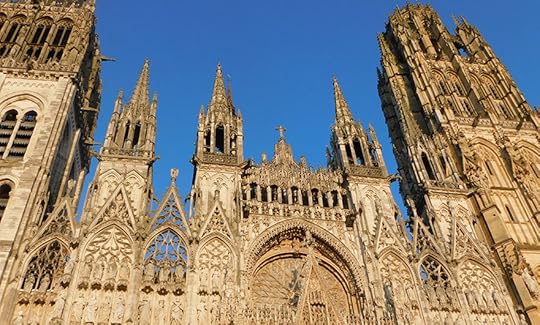
Tour de beurre of rouen cathedral
France
https://www.britannica.com/art/Gothic...
 England's Perpendicular Gothic Style
England's Perpendicular Gothic Style- typical Gothic pointed vaults were replaced by fan vaults
- predominance of vertical lines in the stone tracery of windows
- an enlargement of windows to great proportions
- conversion of the interior stories into a single unified vertical expanse
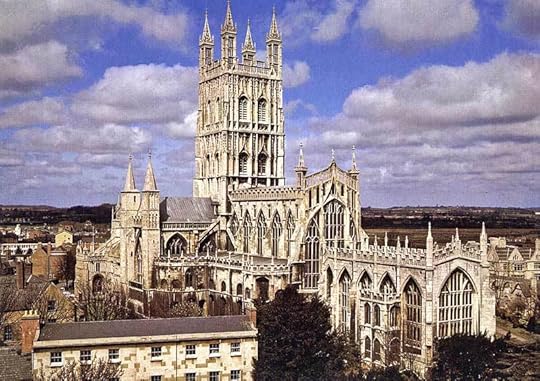
Gloucester Cathedral
England

Gloucester Cathedral
England
 Gothic Sculpture
Gothic SculptureThe earliest Gothic sculptures were stone figures of saints and the Holy Family used to decorate the doorways, or portals, of cathedrals in France and elsewhere.
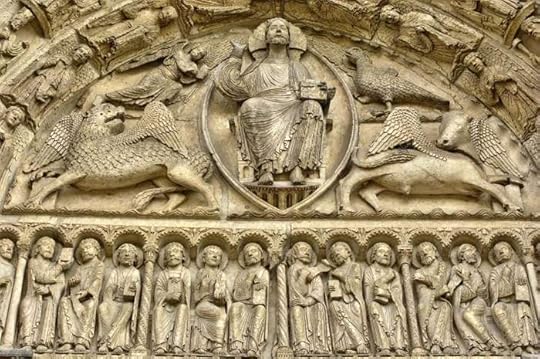
Royal Portal
Chartres Cathedral
Monumental sculptures assumed an increasingly prominent role during the High and late Gothic periods and were placed in large numbers on the facades of cathedrals, often in their own niches...In the 14th century, Gothic sculpture became more refined and elegant and acquired a mannered daintiness in its elaborate and finicky drapery. The elegant and somewhat artificial prettiness of this style was widely disseminated throughout Europe in sculpture, painting, and manuscript illumination during the 14th century and became known as the International Gothic style.
https://www.britannica.com/art/Gothic...
 Gothic Painting
Gothic PaintingGothic painting followed the same stylistic evolution as did sculpture; from stiff, simple, hieratic forms toward more relaxed and natural ones...
Paintings usually featured scenes and figures from the New Testament, particularly of the Passion of Christ and the Virgin Mary. These paintings display an emphasis on flowing, curving lines, minute detail, and refined decoration, and gold was often applied to the panel as background color. Compositions became more complex as time went on, and painters began to seek means of depicting spatial depth in their pictures, a search that eventually led to the mastery of perspective in the early years of the Italian Renaissance In late Gothic painting of the 14th and 15th centuries secular subjects such as hunting scenes, chivalric themes, and depictions of historical events also appeared. Both religious and secular subjects were depicted in manuscript illuminations.
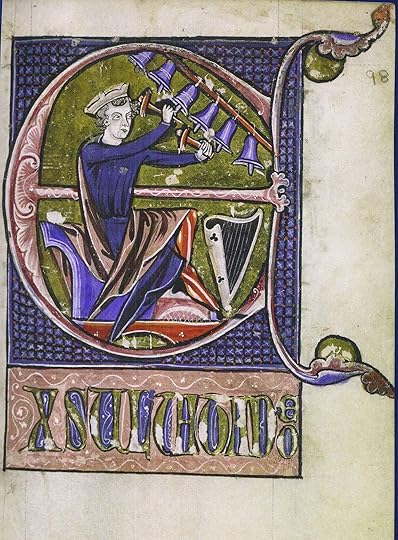
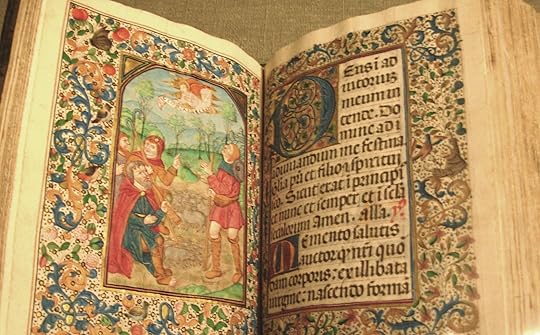
 I want to get more into that, too. I plan on adding to this thread and I will add the Gothic art. I spent so long on what I have here already that I had to stop for now but I learned a lot and it has been educational.
I want to get more into that, too. I plan on adding to this thread and I will add the Gothic art. I spent so long on what I have here already that I had to stop for now but I learned a lot and it has been educational. When I get a chance, I’ll find and post some art for you, Ruth. Thank you for checking this out!

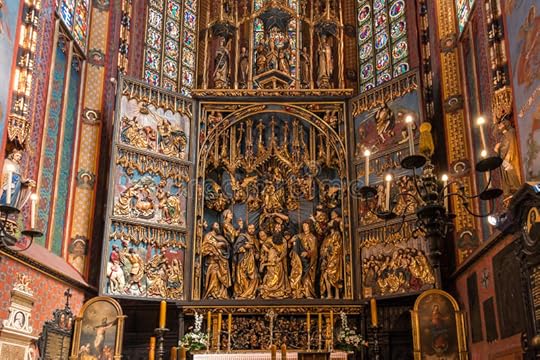
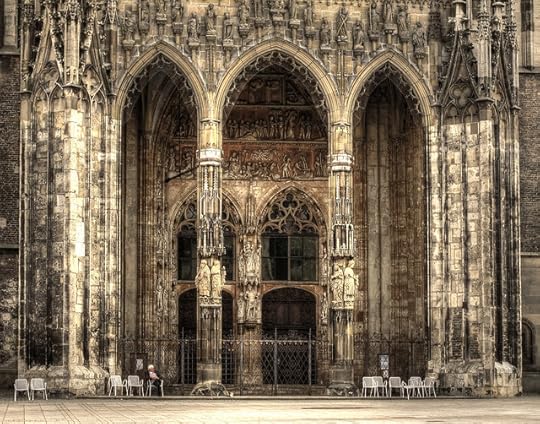
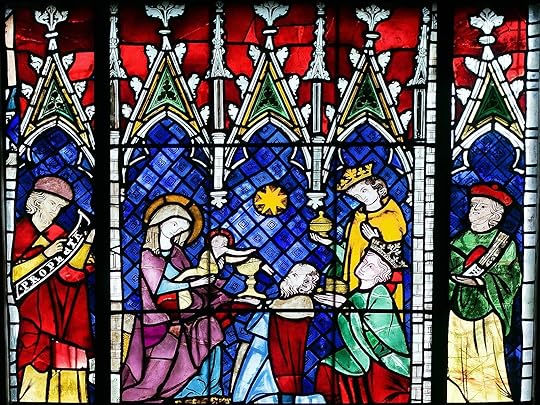



(I have taken the following information from several different sources, I will post the sites as I go along)
written by
The Editors of Encyclopaedia Britannica
https://www.britannica.com/art/Gothic...
Chartres Cathedral
Chartres Cathedral, France
Chartres Cathedral constructed around the year 1145